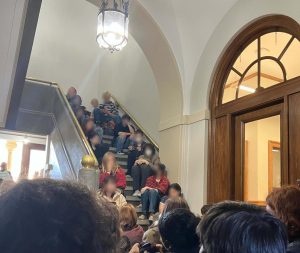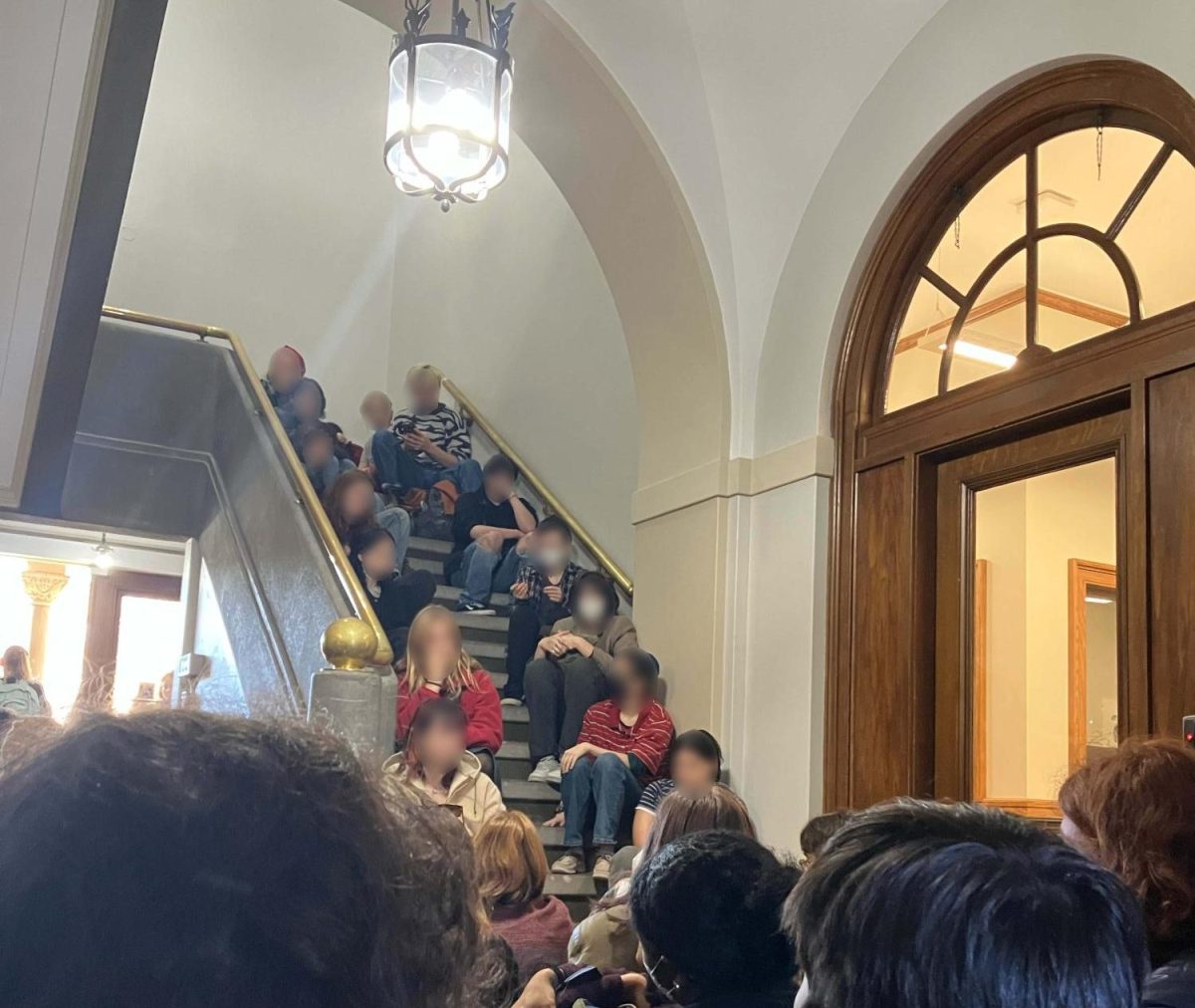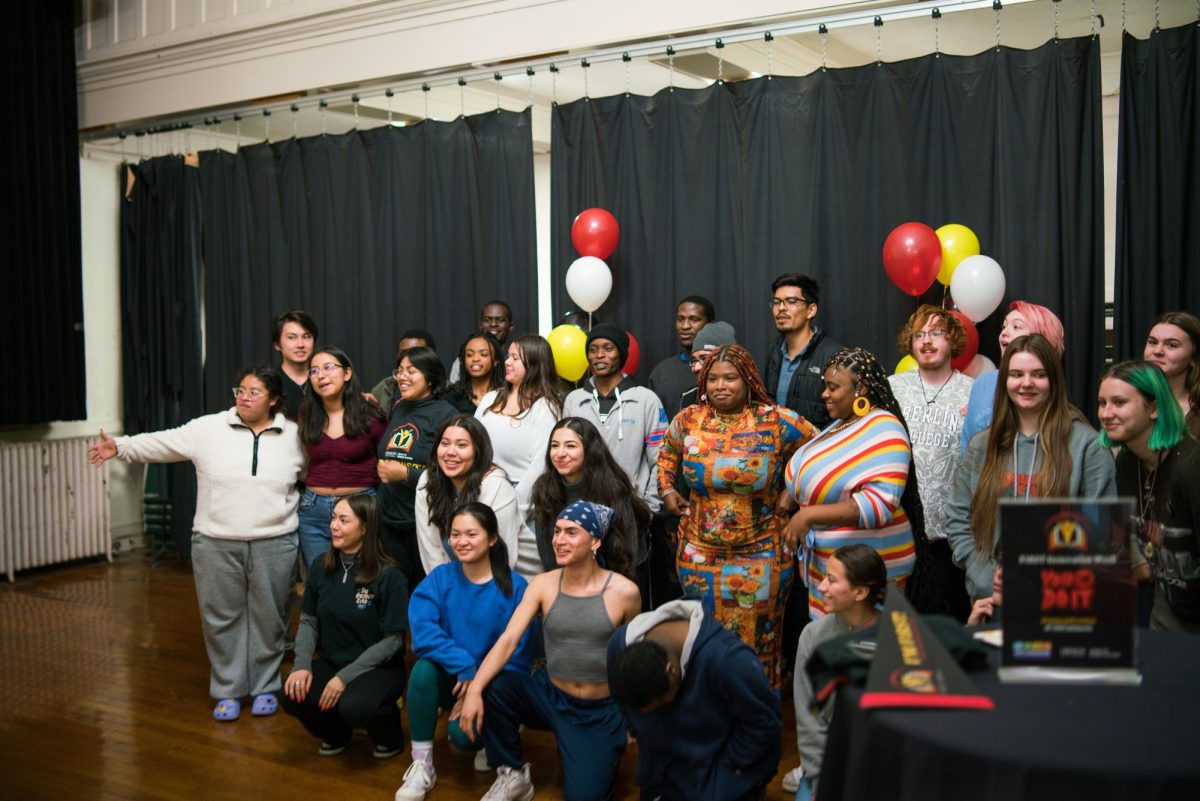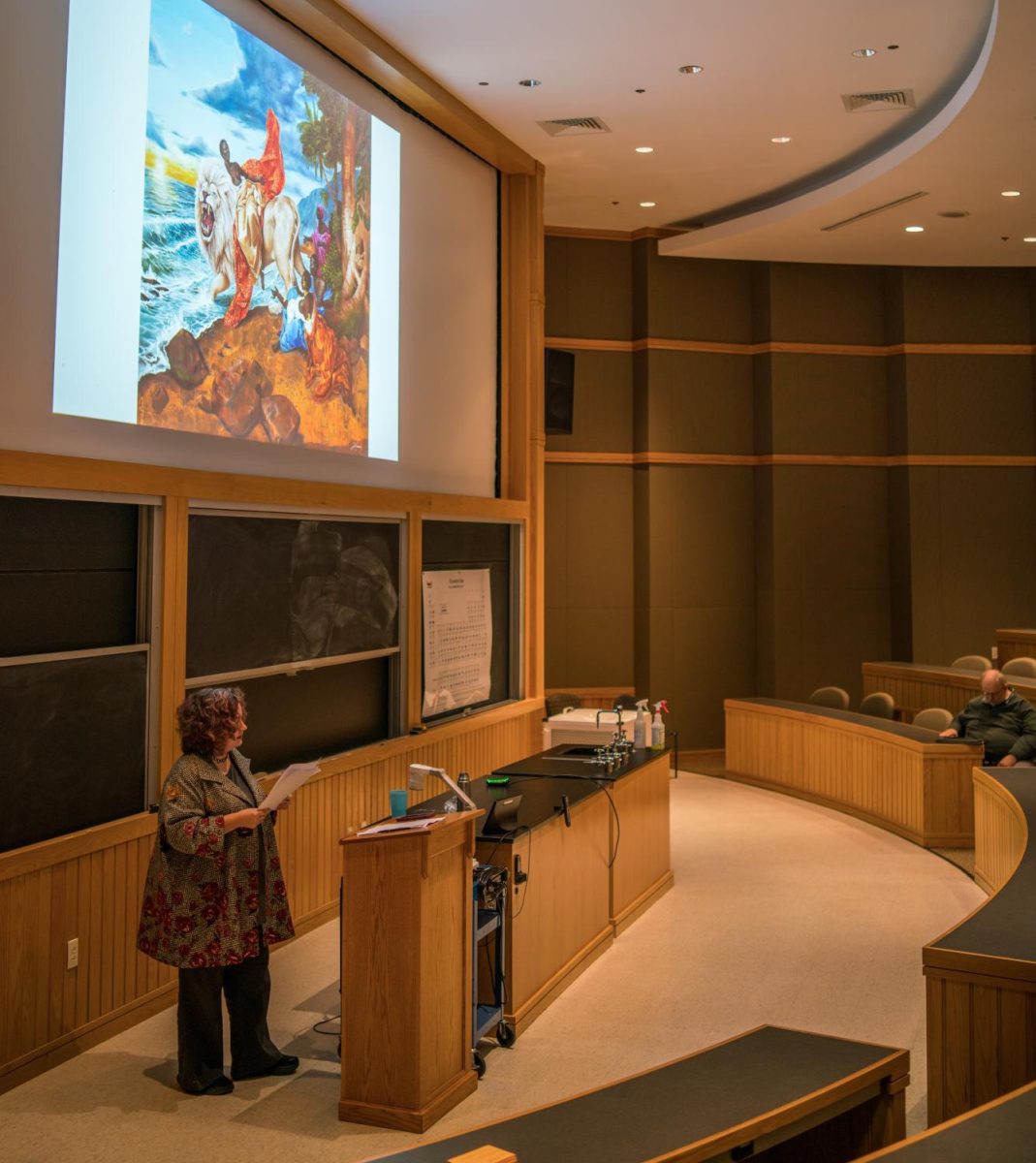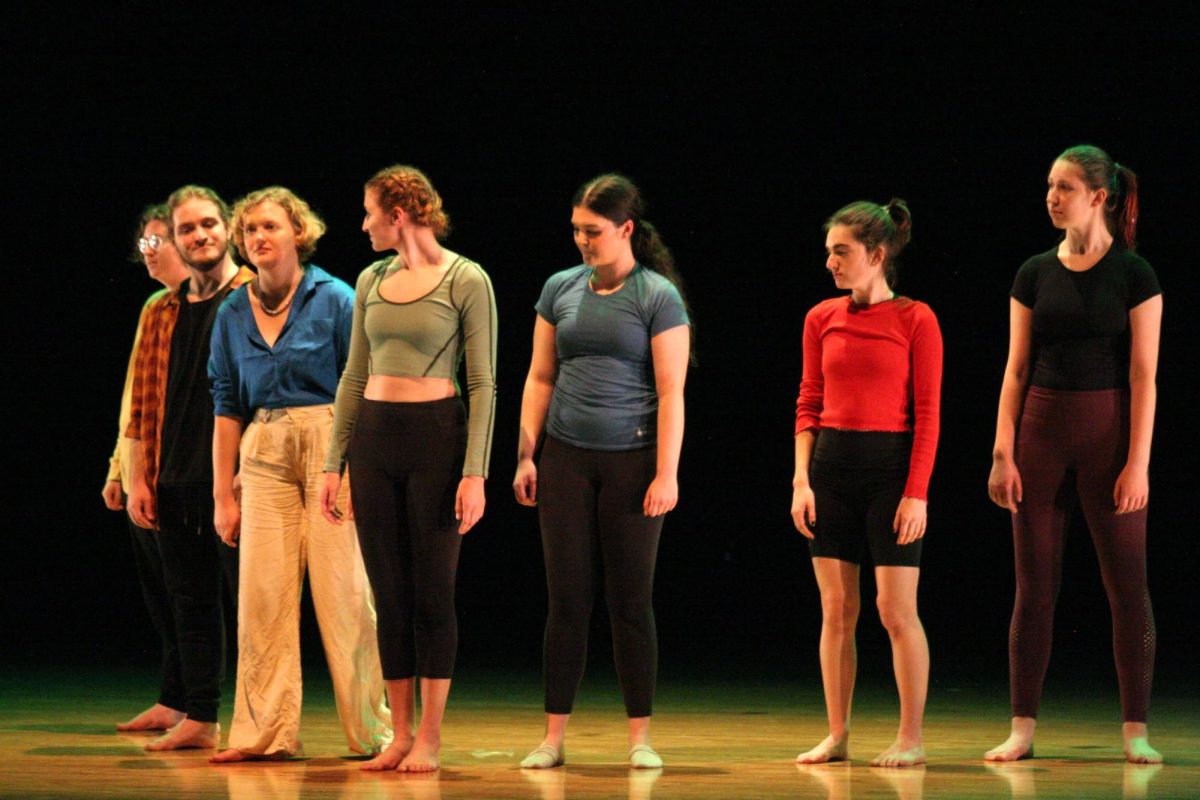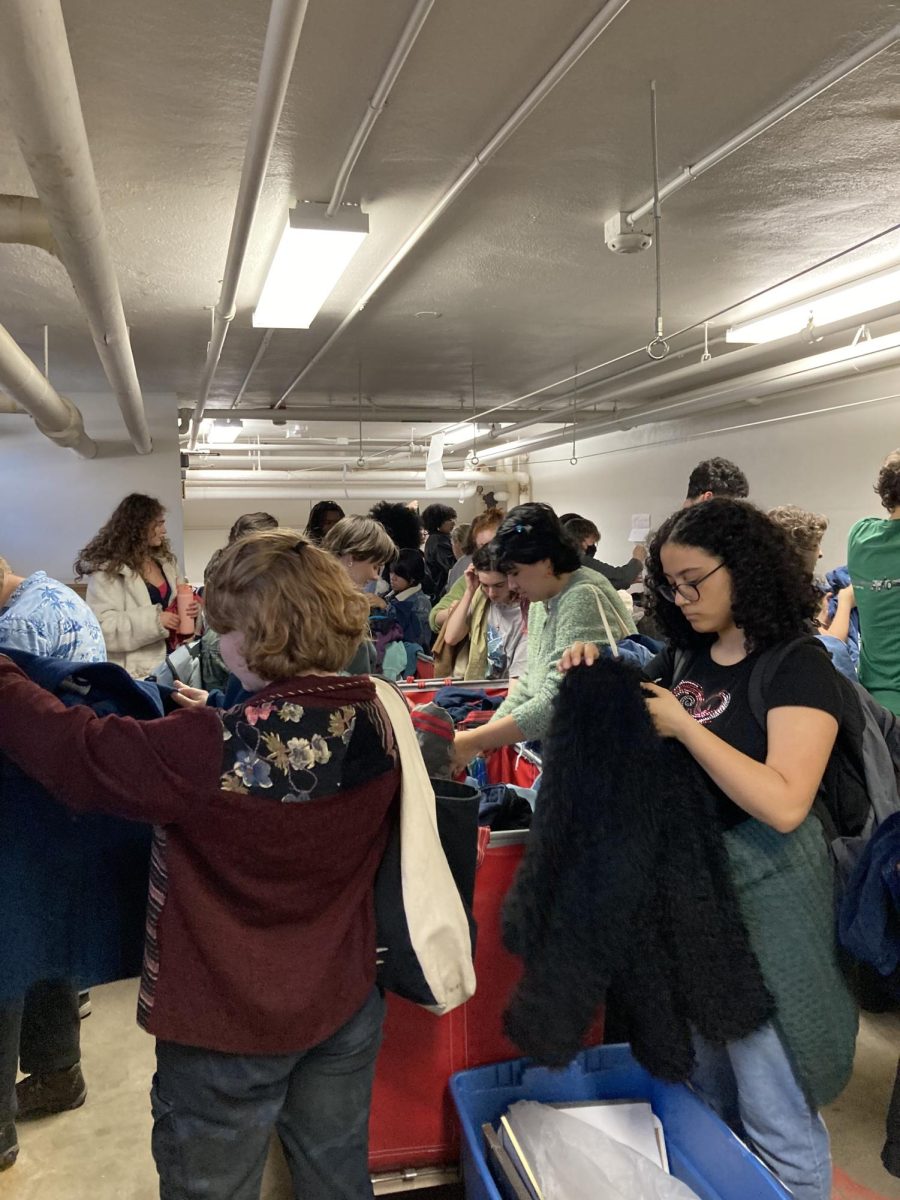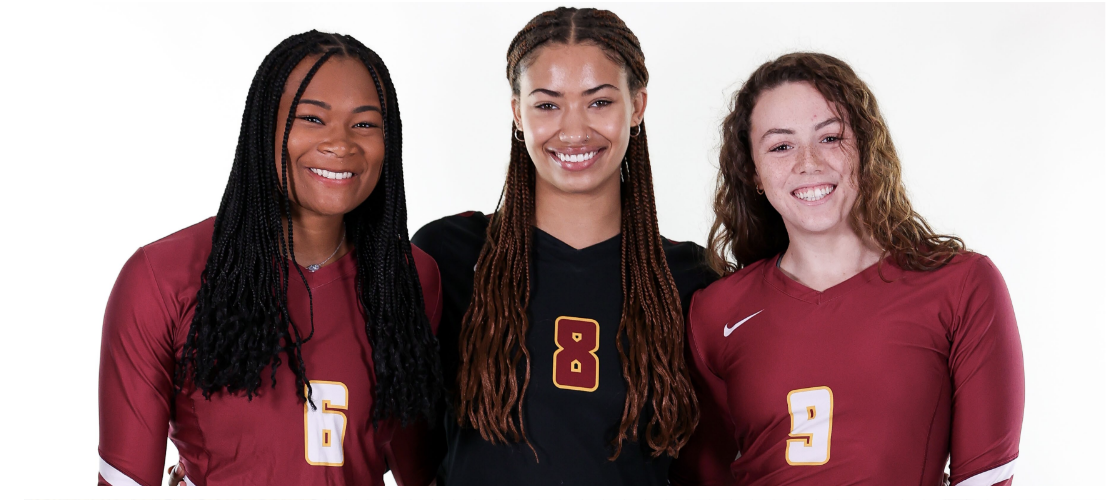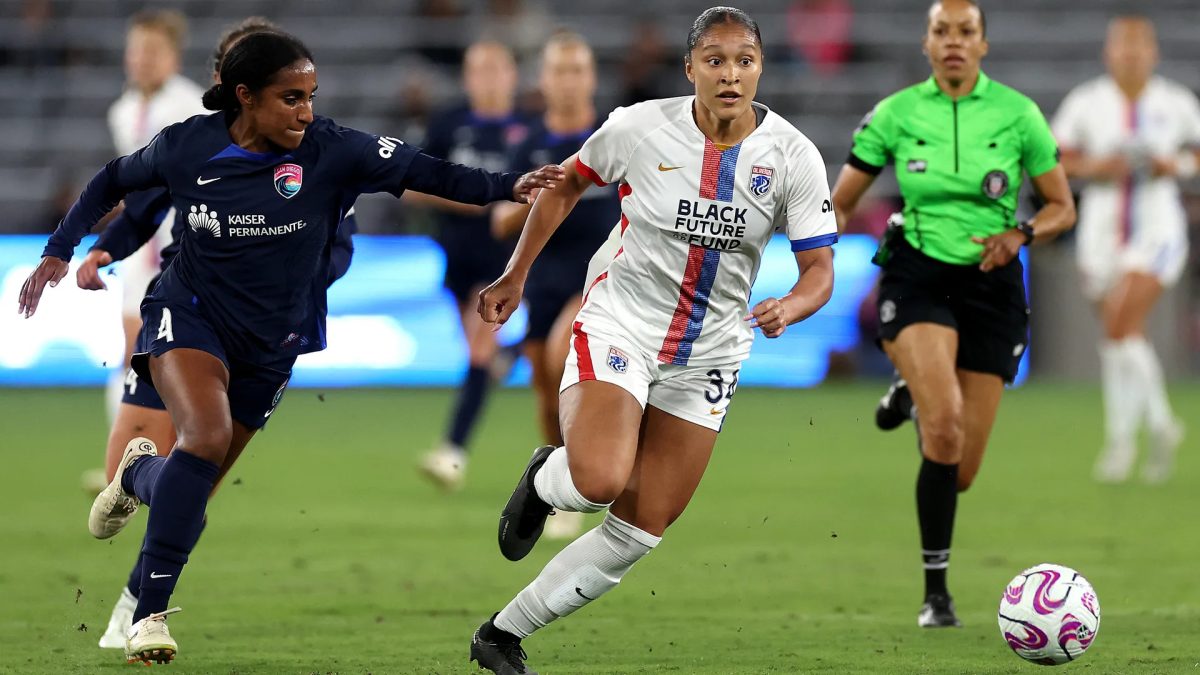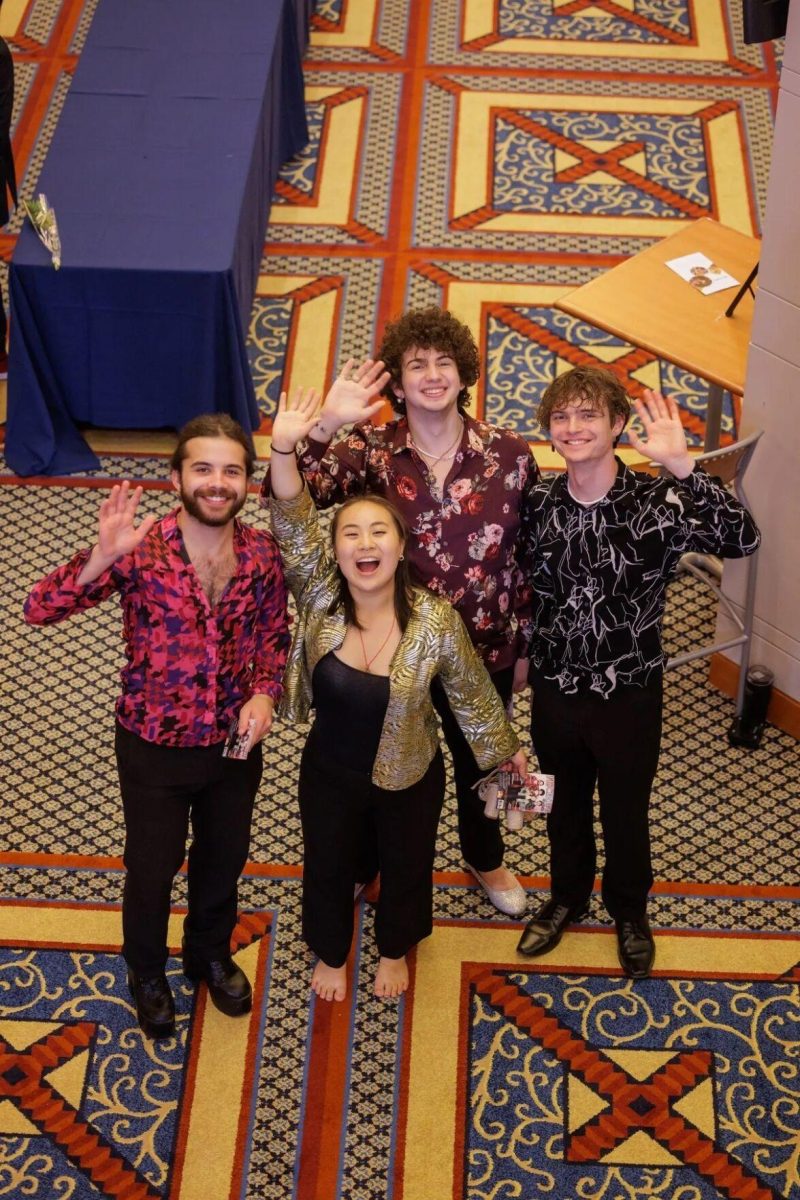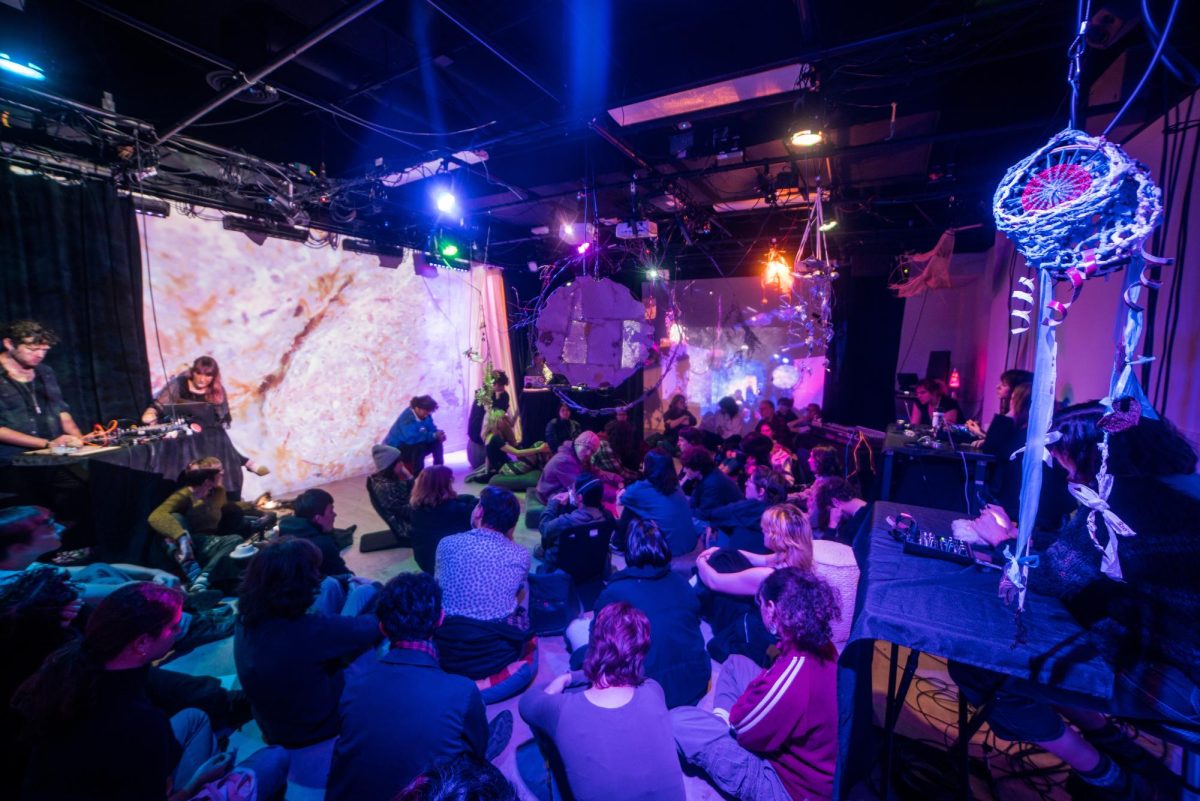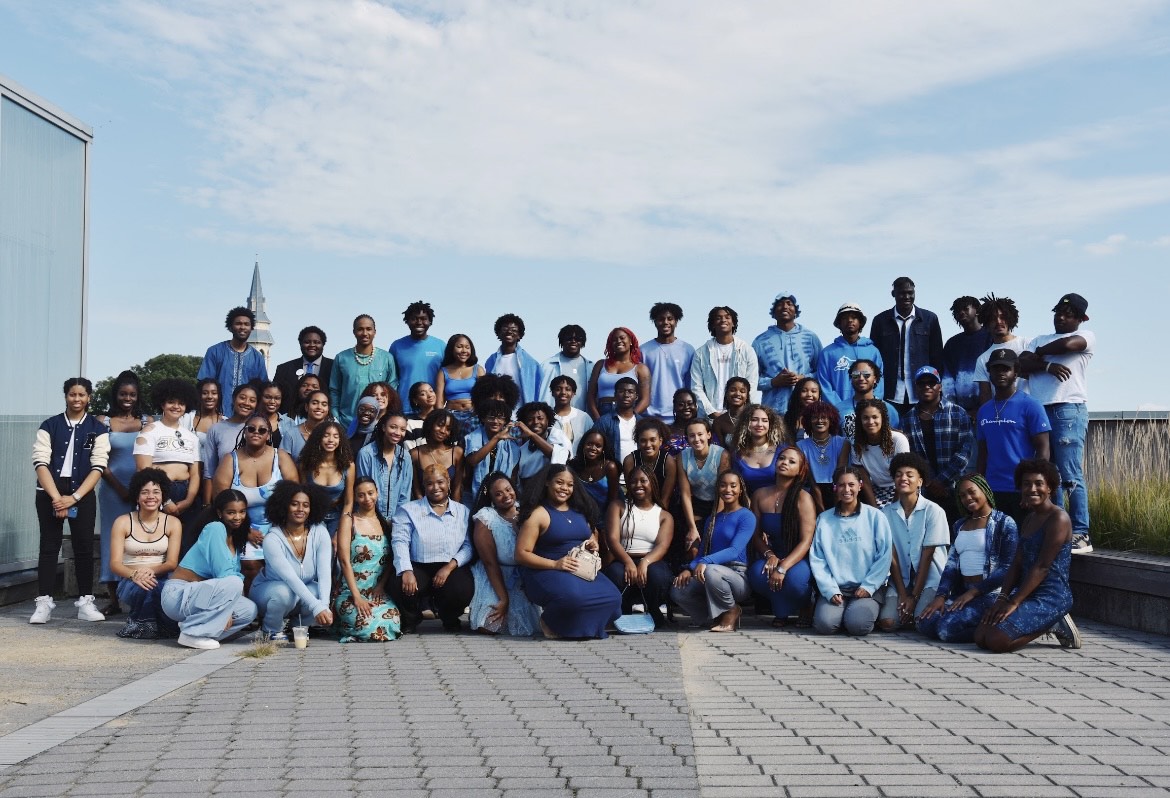Visiting Speaker Inspects MySpace Friendships
May 13, 2011
In an era when The Social Network is nominated for an Academy Award and the news of Osama bin Laden’s death is heard first on Twitter, it’s safe to assume that most people are active on one online social network or other. David Liben-Nowell, an associate professor of Computer Science at Carleton College, took this assumption one step further and decided to pose a simple question: Why do we have friends?
Last Friday, May 6, in a talk entitled “You Can Pick Your (Best) Friends,” Liben-Nowell presented the data gathered by a group of four colleagues — two evolutionary psychologists and two computer scientists, including himself — who looked at the statistics of “Best Friends” rankings on MySpace.
As Liben-Nowell put it himself, “Computer scientists are good at observing phenomena and designing mathematical models for them. But we are not so good at answering, ‘Why?’”
Social-network friendships versus real-world friendships, however, straddle the line between computer science and evolutionary psychology. With collaborative efforts, the team was able to come up with data that will (eventually) lead them to an answer for why we have friends.
While the evolutionary psychologists drove the questions aspect of the project, the computer scientists brought into the mix large-scale data networks they had compiled from a “crawl” — a “grabbing” of data — done in 2007 and 2008 on the social network MySpace.
“[It was] the next big thing about three things ago,” joked Liben-Nowell.
The crawl was biased and a bit partial, he admitted, since they only looked at data from about 11 million of the more than 100 million MySpace profiles. These 11 million were public and for an individual user, as opposed to a band profile.
On MySpace, a user has the option to select a subset of their friends and rank them in numerical order based on the strength of that friendship. The number one listed friend is, by these standards, that user’s “best friend.”
But out of the 3.5 million declared best friendships, said Liben-Nowell, there were only about 1.5 million sets of mutual declarations. It seems, therefore, that many of these declared best friendships have gone unrequited.
The data showed several possible types of these “awkward” friendships, all of which could be categorized into six different “Theories of Friendship” defined by Liben-Nowell and his colleagues. These theories included anything from attractiveness (“I prefer pretty people”) to propinquity (“I prefer people I encounter more”) to the Alliance Hypothesis (“I prefer people who will take my side”).
Out of all these awkward friendships, there were several models that continued to come up. One such model is a long chain — one user lists another as their best friend, the second lists a third as their best friend, etc. Another is a star — where lots of users list the same extremely popular user as their best friend. Yet another is a mutual pair, where two users list one another as their best friend.
The most frequent occurrence, according to Liben-Nowell’s data, is a pair in which one user declares the other as his or her best friend, but that second user does not do the same. The second most frequent friendship is the aforementioned mutual pair. The third most frequent, however, is where it starts to get interesting. “Here,” said Liben-Nowell, “is where you can start to tell yourself stories about the people involved.” This third friendship is made up of one mutual pair and one hanger-on, an “outside option.”
So one user is listed as the best friend of two other people. Which of these two does the first choose?
Liben-Nowell’s team used demographic data such as age, sex and geographic location to attempt to predict which user would be chosen. The verdict?
“We like geographic location and opposite-sex best friends,” said Liben-Nowell.
It is easy to make broad generalizations, though, when looking at online social networks and statistical properties. But what does MySpace really tell us about the real world? And furthermore, said Liben-Nowell, who seemed skeptical about the whole idea of online friendships, what do people who publicly rank their friends actually tell you about “real” people?
In the case of this study, however, these questions must be temporarily put aside.
“In computer science,” said Liben-Nowell, “It is important to think about the existence of the friendship, not its strength.”



